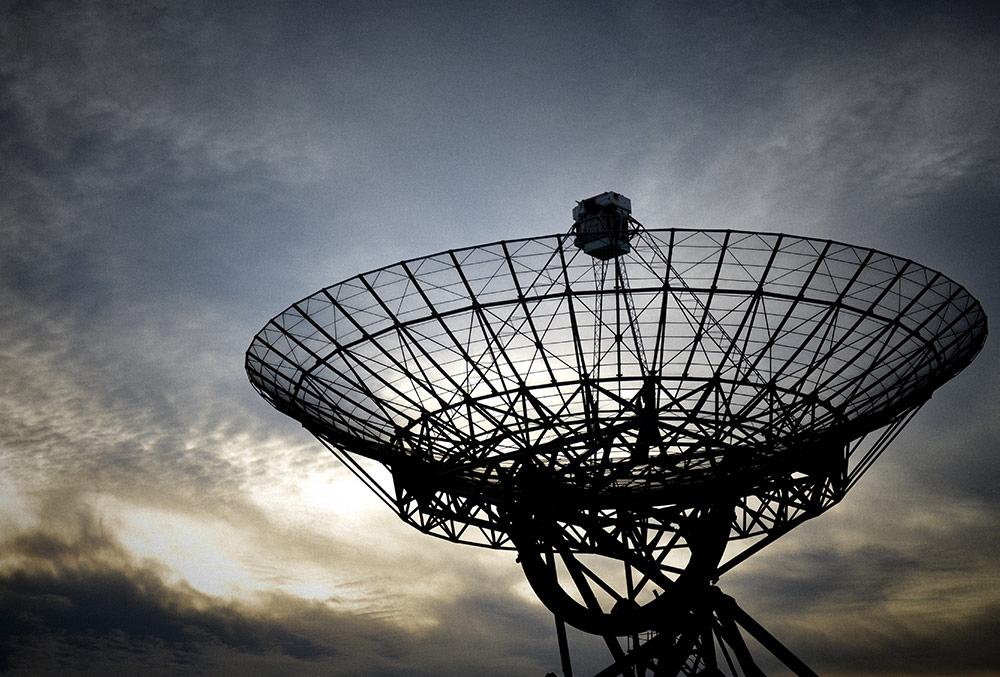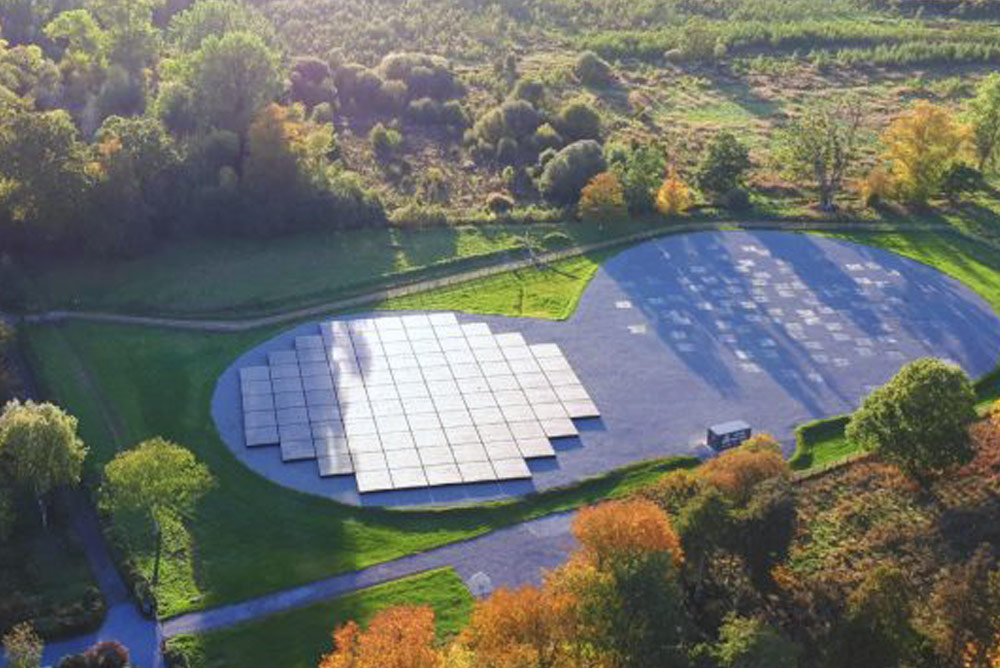This Reflecting telescope remained the largest in the world for over 70 years and is arguably the largest historic scientific instrument still working today. This ‘leviathan’ as it is named, remains in the centre of the Demesne as Ireland’s greatest scientific wonder and represents a masterpiece of human creative genius. The Science centre demonstrates how the extraordinary telescope, now magnificently restored, was built in the castle workshops by the people of Birr. Scientific instruments are displayed, alongside interactive models to explain how they were used.
The History of Astrophysics in Ireland
Astrophysics in Ireland has a long and varied history, with Ireland home to Newgrange, one of the oldest solar observatories in the world and also the home of the “Leviathan of Parsonstown”, which was the largest telescope in the world in the late 1800’s.
There is also a distinguished history of design and innovation, with the Grubb Telescope Company (based in Dublin) making some of the largest telescopes in the world in the 19th Century. There is also a long history of astrophysical discovery at Armagh, Birr Castle and Dunsink Observatories, despite the effects of Irish weather.
The Great Telescope
In the early 1840’s, the Third Earl of Rosse designed and built the largest telescope in the world. With this telescope, he discovered the spiral nature of some of the galaxies, and from 1845-1914, anyone wishing to witness this phenomenon had to come to Birr. And they came, in their hundreds, from across Europe and beyond, to observe the stars with Lord Rosse or simply to marvel at this feat of engineering in the middle of Ireland.
History of the Astronomical Society of Ireland
The ASI was founded in 1974 to encourage collaboration in astronomy and astrophysics between research groups from Ireland and Northern Ireland. Consisting of a number of affiliated universities and other organisations, the group is one of the oldest cross-border bodies on the island of Ireland.
The Irish astrophysics community conducts research in areas such as stellar physics, solar system science, galactic physics, cosmology, high-energy astrophysics, extra-solar planets, and solar physics.
Our researchers use scientific instruments on European Space Agency (ESA) and NASA missions, and at a variety of ground-based observatories. The community aims to utilise membership with the European Southern Observatory (ESO) and LOFAR in Ireland.





